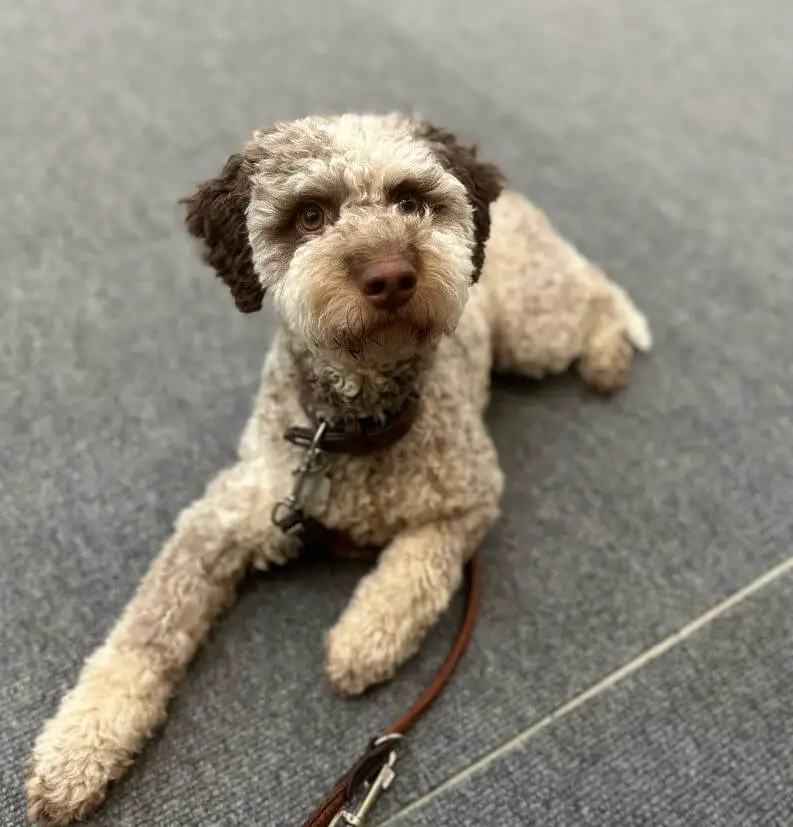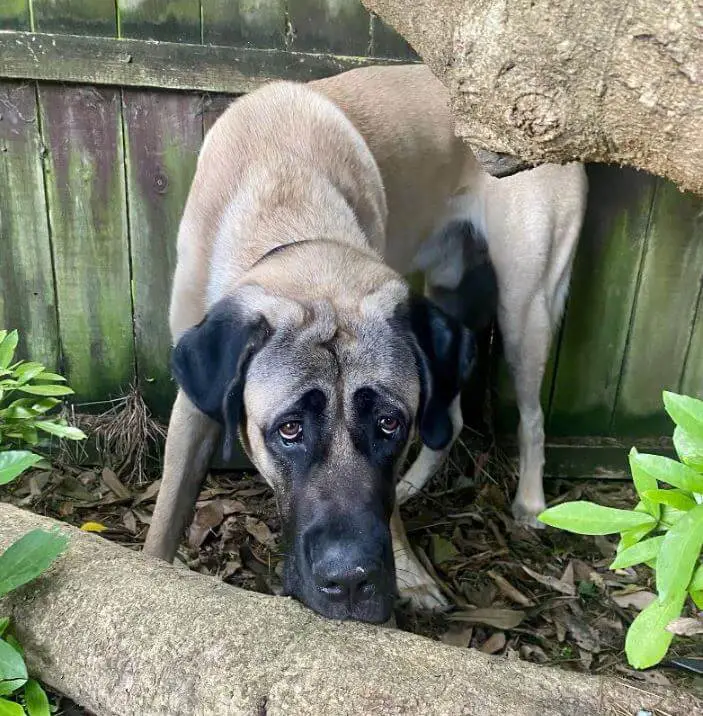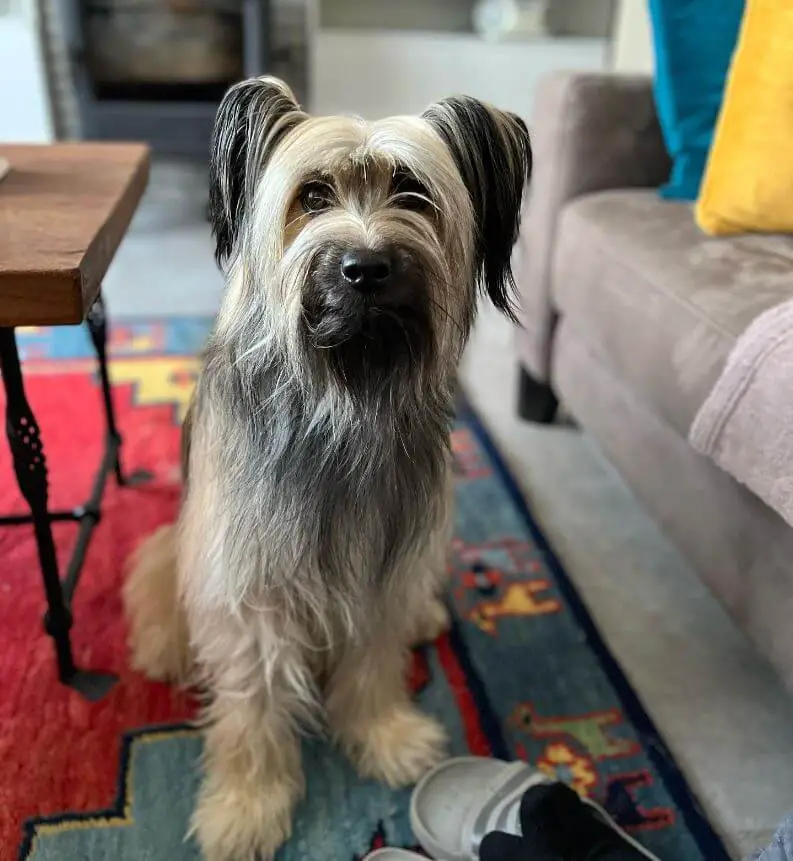Just like humans, dogs can experience fears and phobias that affect their well-being and behavior. These anxieties can stem from various causes and manifest in different ways. In this article, we’ll explore some common fears and phobias in dogs, including thunderstorm phobia, separation anxiety, and fear of fireworks, and provide insights on how to help treat them effectively.

Common Fears and Phobias in Dogs:
- Thunderstorm Phobia: Many dogs are terrified of thunderstorms due to the loud noises, lightning, and changes in atmospheric pressure. Symptoms may include shaking, panting, pacing, and seeking refuge in a safe place.
- Separation Anxiety: Dogs can develop separation anxiety, becoming anxious or fearful when left alone. They may display destructive behavior, excessive barking, or house soiling.
- Fear of Fireworks: Fireworks can trigger intense fear in dogs due to the sudden and loud noises. Dogs with this phobia often exhibit trembling, hiding, or attempting to escape.
- Noise Phobias: Dogs can be fearful of various loud noises, such as vacuum cleaners, sirens, or construction sounds. These phobias may lead to anxiety and stress.
- Fear of Strangers: Some dogs exhibit fear or anxiety when meeting new people. This can be due to lack of socialization or past negative experiences.

Treatment Options:
Treating a dog’s fear or phobia requires patience and a tailored approach. Here are some strategies to help your canine companion overcome these anxieties:
- Desensitization and Counterconditioning: Gradual exposure to the feared stimulus, along with positive experiences, can help desensitize and countercondition your dog’s response. For instance, playing a recording of thunderstorms at a low volume and rewarding calm behavior can reduce thunderstorm phobia.
- Medications: In some cases, your veterinarian may recommend medication to alleviate severe anxiety. These may include anti-anxiety medications or sedatives to help your dog remain calm during anxiety-triggering situations.
- Behavioral Training: Working with a professional dog trainer or behaviorist can be instrumental in addressing your dog’s specific fears and phobias. They can provide guidance on training techniques to modify your dog’s behavior.
- Thundershirts and Calming Products: Thundershirts, weighted vests designed for dogs, can offer comfort and security during anxiety-inducing events. Calming products, such as pheromone diffusers or herbal supplements, may also help reduce anxiety.
- Gradual Exposure: If your dog has a fear of strangers or new environments, gradual exposure can be beneficial. Start by introducing your dog to new people or places in a calm and controlled manner, rewarding positive interactions.
- Safe Haven: Create a safe space for your dog during anxiety-triggering events. Provide a cozy, quiet area with familiar toys and bedding where your dog can seek refuge.

Fears and phobias in dogs are common, but with the right approach, they can be managed and, in many cases, significantly improved. Recognizing the specific fear or phobia and tailoring your treatment plan to your dog’s needs is crucial. Whether through desensitization, medication, or behavioral training, helping your dog overcome their anxieties can lead to a happier, healthier, and more relaxed furry friend. If your dog’s fears or phobias persist, consult with a veterinarian or professional dog behaviorist for expert guidance.
